The Hurricane Helene and Milton disasters touched more than 400,000 people in Florida. Through the Disaster Supplemental Nutrition Assistance Program (D-SNAP), these people can now get food aid. As stated by the U.S. Department of Agriculture (USDA), this program will help about 407,733 families in 24 counties across the state who have all suffered a lot because of these natural disasters.
Just 12 days apart, the storms hit Florida, doing a lot of damage in many places in late September and early October. In reaction to the widespread damage and disruption to daily life, D-SNAP helps people who need food right away.
What is D-SNAP?
The regular SNAP program, which most people know as “food stamps,” has an add-on called D-SNAP. Under normal conditions, SNAP helps low-income families buy food. In the event of a disaster, however, D-SNAP makes people who normally would not be eligible for SNAP but have been affected by the tragedy eligible.
The most important thing to remember is that people who are already getting normal SNAP benefits cannot apply for D-SNAP. For people who can’t get help from regular food aid programs and have been in an emergency because of the disaster, this program is meant to help them.
Who qualifies for D-SNAP in Florida?
The D-SNAP program will be open to people who live in 24 counties in Florida. Eligibility will depend on income levels. For example, a family of four must make less than $3,529 a month to be eligible for D-SNAP.
The application process for D-SNAP will be spread out over three phases, with each phase covering a different hurricane-affected county.
Phase 1: Northern Florida counties
People who live in Columbia, Dixie, Franklin, Gilchrist, Hamilton, Jefferson, Lafayette, Levy, Madison, Suwannee, Taylor, and Wakulla counties can start the application process by calling between October 28 and October 31. After this, people will be able to turn in their applications in person for three days in each county, beginning on November 1 and ending on December 9.
Phase 2: West coast counties
People who live in Charlotte, Hernando, Manatee, Pasco, Pinellas, and Sarasota counties will be able to fill out phone forms on November 4 and from November 6 to November 8. Also, from November 9 to December 3, applications can be turned in in person at certain sites in each county.
Phase 3: Central and eastern Florida counties
Last but not least, people from Citrus, Hardee, Highlands, Hillsborough, Lee, and Volusia counties can apply by phone from November 12 to November 15. There will be a time for in-person applications from November 16 to December 15, so people who need to can apply in person.

How to apply for D-SNAP assistance
Residents of Florida must call the numbers given by the state during the times set by the state for each phase if they want to apply by phone. People can go to the centers set up in each county on the dates given if they’d rather apply in person. Those who want to apply must show proof of who they are and where they live, along with an estimate of the damage the storms caused.
In Florida, applicants have also been told to make sure they have all the paperwork they need ahead of time to speed up the process. Since there may be a lot of demand, especially in the beginning, people should make sure they are ready ahead of time to avoid any unnecessary delays.
It can be hard for people who have been affected by a disaster to find the tools that are available to them. It is very important for programs like D-SNAP to make sure that families and people can get the help they need to rebuild their lives after something like this.
In the wake of storms Helene and Milton, the USDA and the state of Florida want to help communities deal with some of the problems these disasters have caused by making food aid easier to get.
The hurricanes have destroyed a lot of property and cut off many families’ normal income, making it hard for them to pay for food and other basic needs.
D-SNAP is meant to meet these pressing needs so that residents can focus on getting better without having to worry about not having enough food. With the phased rollout, each area can be served in a planned and effective way, and the large number of people who may need help can still be helped.
Also See:- Two SSI payments in November: Why won’t there be a check in December?

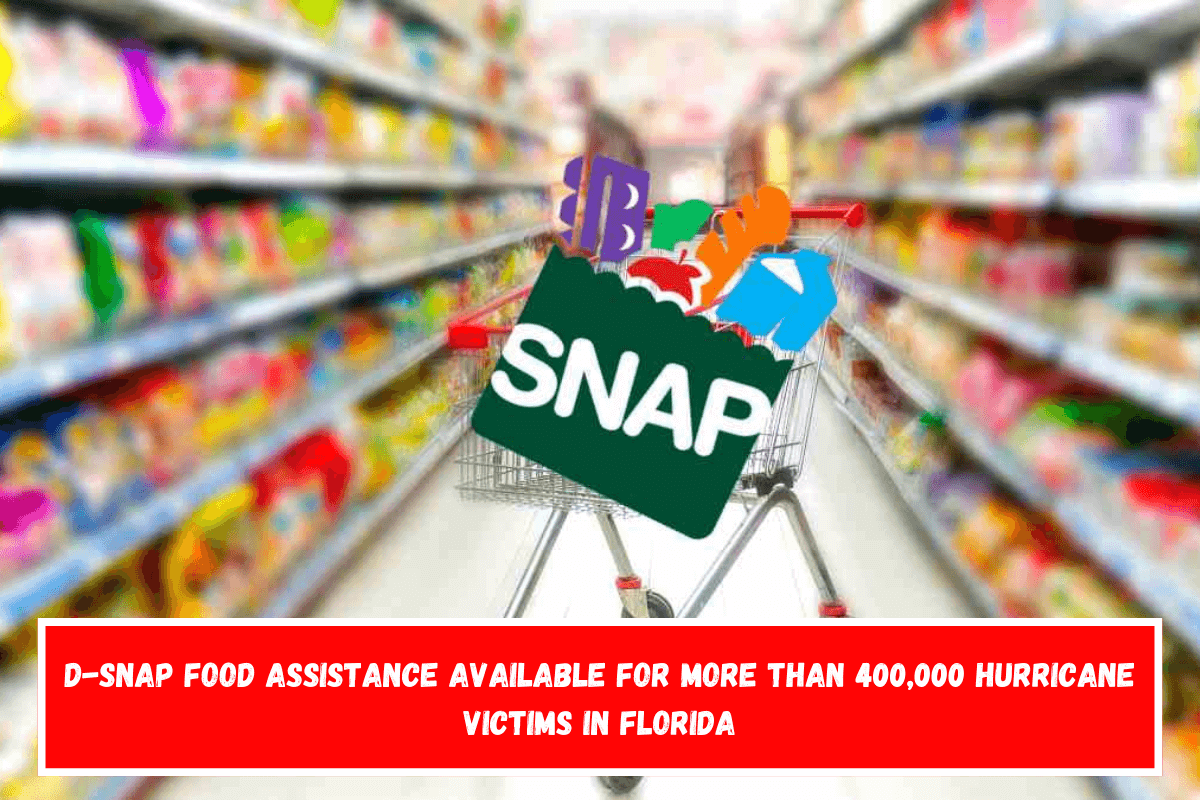

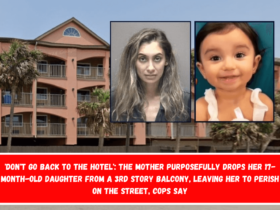

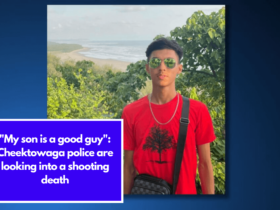

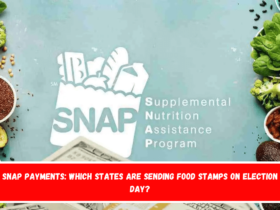
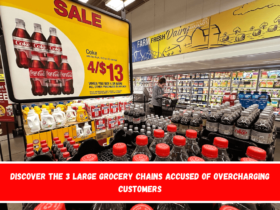
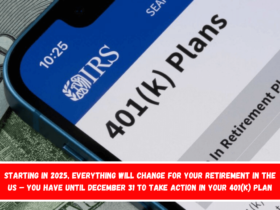
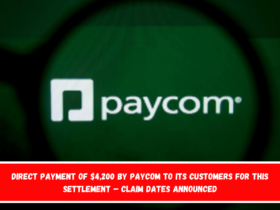
Leave a Reply